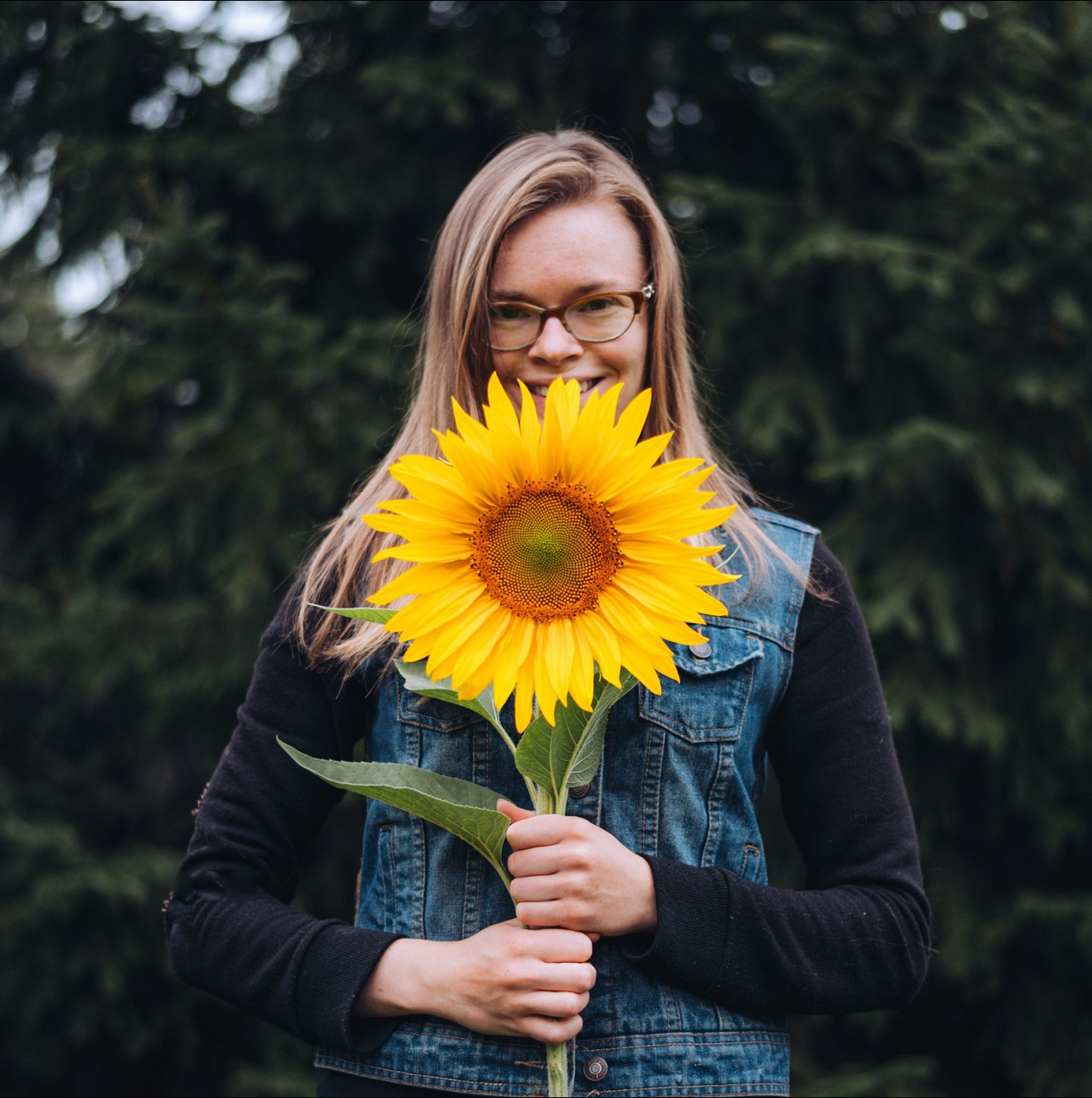One of the most overwhelming aspects of photography is choosing the right lens. With so many options available, it can be difficult to know where to start. What lens should you buy first? Which lenses are best for wedding photography? What about landscapes?
This guide will break down the basics of lenses, common lens types, and how to choose the right one for your photography style.
Lens Basics
Before we dive into specific lens types, it helps to understand some key lens terminology.
Focal Length
Focal length, measured in millimeters (mm), refers to the distance from the optical center of the lens to the camera’s sensor. A 50mm lens is smaller and lighter than a 200mm lens, for example. Shorter focal lengths capture a wider view, while longer focal lengths zoom in closer.
Aperture
Aperture refers to the opening that light passes through in the lens. It’s measured in f-numbers (e.g., f/1.8, f/2.8, f/16). The lower the f-number, the wider the aperture, allowing more light to hit the sensor. A 50mm f/1.8 lens can have its aperture adjusted to smaller settings (e.g., f/4 or f/16), but it cannot open wider than f/1.8.
-
Wide apertures (small f-numbers like f/1.8) create a shallow depth of field, where the subject is in focus, and the background is blurred (bokeh effect). This is ideal for portraits.
-
Narrow apertures (large f-numbers like f/16) keep everything in focus, making them great for landscapes and architecture.
A lens with a wide maximum aperture (like f/1.8) is called a fast lens because it allows for faster shutter speeds in low light, reducing motion blur.
Prime vs. Zoom Lenses
-
Prime Lenses: Fixed focal length (e.g., 50mm f/1.8). They tend to be lighter, cheaper, and offer wider apertures than zoom lenses.
-
Zoom Lenses: Variable focal lengths (e.g., 70-200mm f/2.8). These lenses offer flexibility but are often larger and more expensive.
Types of Camera Lenses
Wide-Angle Lens (<40mm)
Wide-angle lenses capture a broader field of view, making them ideal for landscapes, architecture, and tight indoor spaces.
-
Example: 24mm f/1.8 (great for environmental portraits and getting ready photos in small rooms)
Macro Lens
Macro lenses are designed for extreme close-ups, capturing fine details of subjects like insects, flowers, and jewelry.
-
Example: 100mm f/2.8 Macro (ideal for ring shots in wedding photography)
-
Not essential for portrait photographers starting out, as budget is better spent on a good portrait lens.
Standard Lens (Around 50mm)
A 50mm lens closely mimics how the human eye sees, producing natural-looking images.
-
Example: 50mm f/1.8 (a budget-friendly, must-have lens for portraits and everyday shooting)
Telephoto Lens (>70mm)
Telephoto lenses allow you to zoom in on subjects from a distance. They are great for portraits, sports, and wildlife photography.
-
Example: 85mm f/1.8 (excellent for portraits with beautiful background compression)
-
Example: 70-200mm f/2.8 (popular for wedding ceremonies and outdoor portraits)
Which Lenses Do You Actually Need?
Your lens selection depends on your budget, shooting style, and how much gear you want to carry. Here’s what I use for weddings:
My Wedding Photography Kit
24-70mm f/2.8 – A versatile wide-angle zoom lens for getting ready shots in tight spaces. Often called the "lazy photographer's lens" because it covers a wide focal range.
35mm f/1.8 – A wide-angle prime lens for low-light getting ready photos and large group shots when I don’t have room to move back.
85mm f/1.8 – A must-have prime lens for portraits, candids, and ceremonies. Great for background compression and capturing intimate moments from a distance.
70-200mm f/2.8 – My workhorse for outdoor portraits and wedding ceremonies. It’s expensive and heavy, but the background blur and reach make it indispensable.
For engagement sessions, I bring fewer lenses since I don’t need to cover as many scenarios in a short time.
Final Thoughts
The right lenses for you depend on your photography goals. If you're just starting, I recommend: ✔ 50mm f/1.8 – A budget-friendly prime lens with excellent bokeh and low-light performance. ✔ 24-70mm f/2.8 – A versatile zoom lens for a variety of shooting scenarios. ✔ 70-200mm f/2.8 – If you shoot portraits or weddings, this is an amazing investment.
Canon, Nikon, and Sony all offer fantastic lenses, but don’t overlook Sigma and Tamron for high-quality third-party alternatives that can save you money.
Choosing the right lens is a balance between budget, weight, and versatility. What’s in your camera bag? Let me know in the comments!
